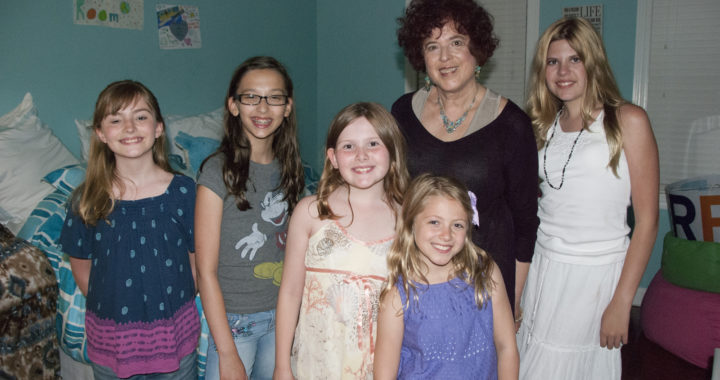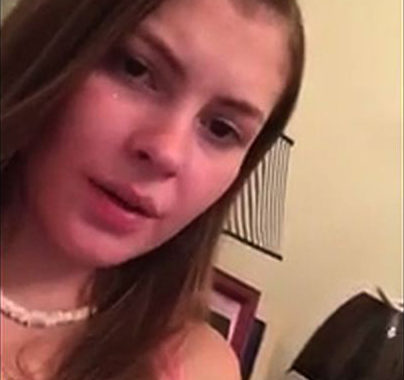Kids Have Deep Thoughts and Feelings, Too! Dr. Barbara Becker Holstein
Kids worry all the times. Their thoughts, feelings and emotions are as real and central to being alive as ours are. Mr. Fred Rogers knew that intimately and sent his entire career helping kids via TV know that they were special and he liked them just the way they were. That message must never stop.
However,maybe often, in the hustle and bustle of living and getting kids ready for school, driving them to after school activities, thinking about braces, homework, calling them out on minor offenses, worrying about how we will pay the bills, and sometimes much more serious dilemmas: someone is ill, dad lost his job, the marriage is falling apart, my kid is being bullied, there was another shooting in a public school, a cousin overdosed on drugs, etc. we have no time to process the inner life of our kids.
But the inner life exists and begs to be heard. Questions about how grown-ups handle serious issues such as school shootings bother kids on a daily basis. Perhaps your kid wonders how it is that you and daddy go to work feeling safe in your offices and why is it that kids who are unable to really care for themselves to to school in buildings were people can suddenly attack them and their teachers with automatic rifles?
Kids are deeply affected by how other kids are treated, even a news item like kids being separated from parents at our borders can create feelings of despair, confusion and worries about how we handle children in our country. Also, kids wonder how and why people end up seriously addicted or dead. And don’t forget faith and religion, a topic older than that Bible. Kids wonder if there is an after life, why good people get hurt or killed, etc.
Let’s not be blind sighted. We may not have all the answers to ‘deep’ questions that have plagued sleepless nights of many for thousands of years, but we can be attentive to our children psychologically, spiritually and even politically. Here are a some suggestions:
Create a time for your family to share good news, good deeds, disappointments, concerns and questions. Creating a setting where people who love each other can sincerely listen and respond to anything from trivial good news to serious concerns will help your kids, whether they are 2 or 22 feel safer to share what is really on their minds. No put downs if possible and your job is to truly listen and create this space. That means no phones on, and maybe a treat, such as a favorite dessert. It also means you being honest and sharing your memories about ‘deep’ thoughts and concerns, and taking seriously what your kids bring up. Listening is only the first step. Action, where required is the next.
For example, in this film clip: https://vimeo.com/275643285 t
Kids Have Deep Thoughts and Feelings, Too! from Barbara Holstein on Vimeo.
he girl was very unsatisfied listening to her minister as he wasn’t talking about the issues on her mind. Ideally if she could have shared these feelings with her parents, they would try to come to some helpful conclusions. What they would decide is as unique as each family, but solutions could be to not force the girl to go to services right now, find a different church, discuss some of the ‘deep’ issues of life at home, take some social actions as a family in town, etc.
Beyond this film clip, if news events, from school shootings, to overdoses, to separation of kids from parents at border crossings upset or concern your kids, set a good example. Maybe call or write your senators and congress people with your kids present. Maybe write a letter to the editor of your local paper with your kids giving some suggestions. Talk about the importance of voting. Show them how a democracy works by you participating in the process.

